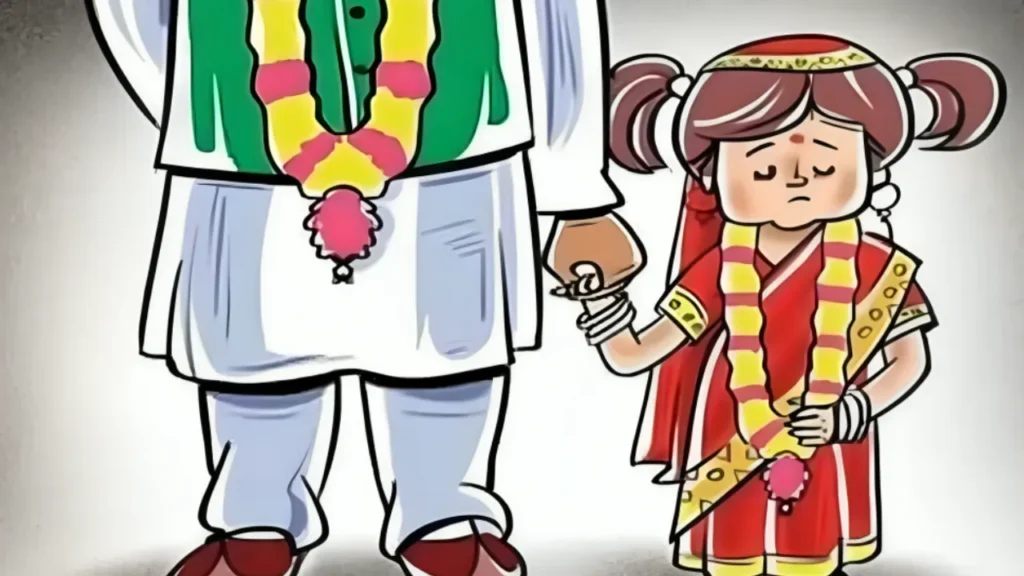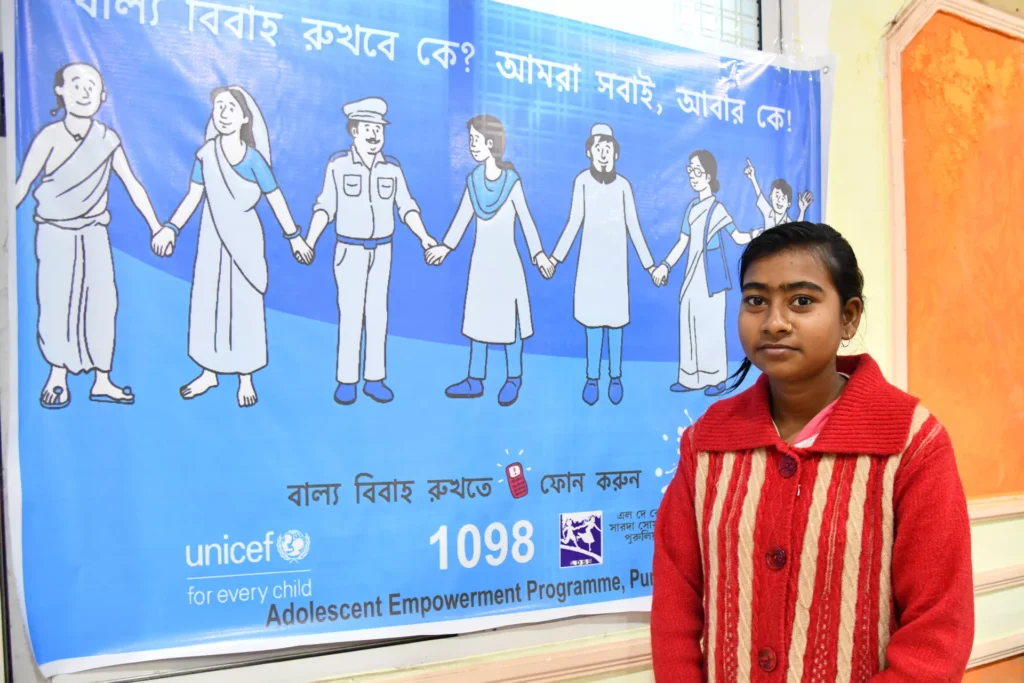
A recent United Nations report revealed that more than 200 million women in India were married before they turned 18. This accounts for one-third of the global estimate of 640 million girls and women who were married as children.
The 2024 Sustainable Development Goals report shows that one in five girls gets married before 18, and one in four gets married before 25.
The United Nations (UN) report highlights the ongoing issue of child marriage in India and emphasizes the need for urgent intervention.
Despite preventing around 68 million child marriages over the past 25 years, the practice continues to be a significant problem, reflecting the broader challenges related to women’s rights and gender equality in the country.
Gender-Based Violence and Lack of Autonomy
Gender-based violence and the lack of autonomy for many women are still thwarting progress towards gender equality.
According to a report by the World Economic Forum on gender, it would take another 134 years to achieve gender equality in education, health, politics, and other sectors.
A report by the United Nations, released on June 28, cautions that only 17% of the 169 targets established to improve global living conditions are expected to be achieved by the 2030 deadline.
This slow progress indicates that gender issues are being addressed sluggishly. Child marriage not only limits opportunities for young girls but also perpetuates cycles of inequality.
Climate Change and Economic Pressures
Addressing less well-known factors that contribute to child marriage is just as important as social and administrative interventions.
A report from The Weather Channel in 2023 showed that extreme weather, like droughts and floods, has caused an increase in child marriages, especially in low and middle-income families.
Fiona Doherty, who leads the Weather study, found that these disasters make existing problems of gender inequality and poverty worse. This leads families to see child marriage as a way of coping mechanism.
UN Secretary-General Antonio Guterres’ Address
UN Secretary-General Antonio Guterres emphasized the broader implications of these issues, stating, “Our failure to secure peace, to confront climate change, and to boost international finance is undermining development.”
He criticized the slow development progress and the world’s failure to achieve important goals, stating that the world received a “failing grade.”
Impact of Child Marriage
Child marriage violates children’s rights. It puts them at risk of violence, exploitation, and abuse. Both girls and boys are affected, but girls suffer the most.
It hurts their education, health, and protection rights, often leading to early pregnancies, increased risk of domestic violence, and higher chances of dying from complications during pregnancy and childbirth.
Every year, at least 1.5 million girls under 18 get married in India. Currently, nearly 16% of girls aged 15-19 in India are married.
The percentage of child marriages decreased from 47% to 27% between 2005-2006 and 2015-2016. However, the numbers are still very high and concerning.
The decline results from increased literacy rates among mothers, improved access to education for girls, stronger laws, and people moving from rural to urban areas.
The government has made proactive investments in adolescent girls. It has also sent substantial public messages about how child marriage is illegal and harmful. These efforts have been significant.

Socio-Economic and Cultural Factors
Child marriage shows that gender inequality and discrimination are widespread. This happens because of economic and social reasons. In places where this is common, marrying a girl when she is still a child is part of the social norms. This shows that girls’ human rights are not valued.
Child marriage harms the Indian economy and keeps people in poverty. When girls marry as children, they often don’t have the skills, knowledge, or job opportunities to help their families escape poverty and contribute to the country’s growth.
Efforts to End Child Marriage
UNICEF’s approach to stopping child marriage in India understands the complexity of the issue. It deals with the social, cultural, and structural factors that support the practice.
Their ‘scale-up strategy’ to grow involves collaborating with the government and partners at every level, moving from small-scale projects to more significant district-wide initiatives focused on empowering adolescents and reducing child marriage.
The UNICEF and UNFPA collaboration, known as the Global Programme to Accelerate Action to End Child Marriage, aims to address child marriage holistically through strategies in health, education, child protection, nutrition, and water and sanitation.
This program partners with governments, civil society organizations, and young people to use proven methods that can be expanded and are effective.
The global commitment to ending child marriage is highlighted in Goal 5 of the Sustainable Development Goals, which aims to achieve gender equality and empower women and girls.
This commitment is outlined in Target 5.3, which seeks to eliminate harmful practices like child, early, and forced marriage, as well as female genital mutilation.
Continuing to work towards this goal will require ongoing efforts and creative approaches to tackle the social, economic, and cultural factors that drive child marriage in India.





